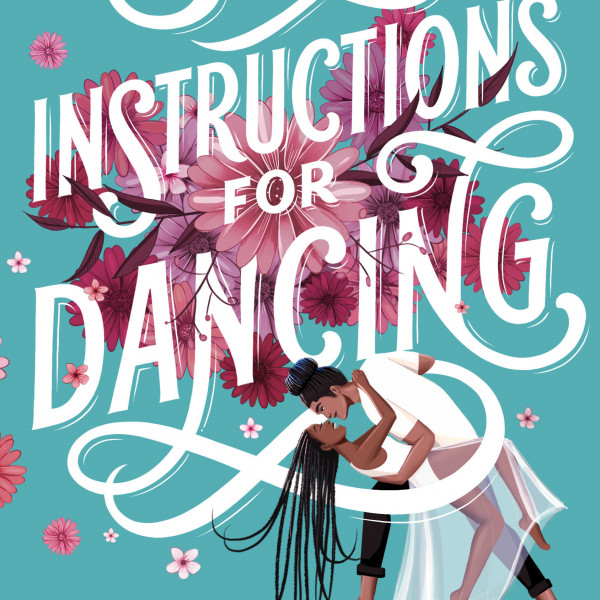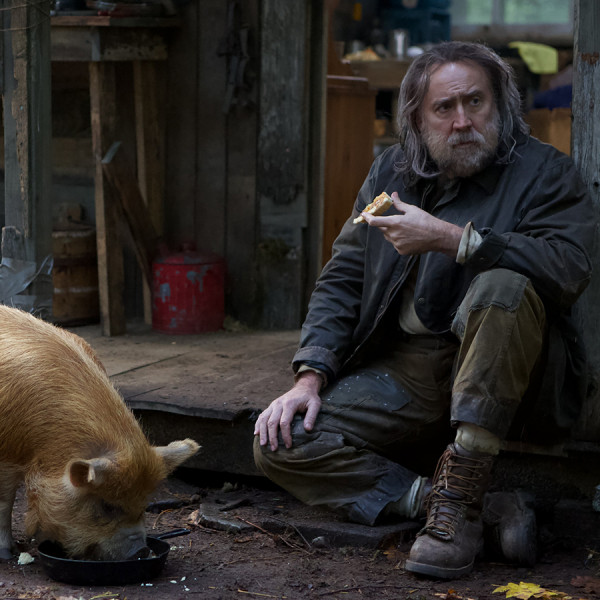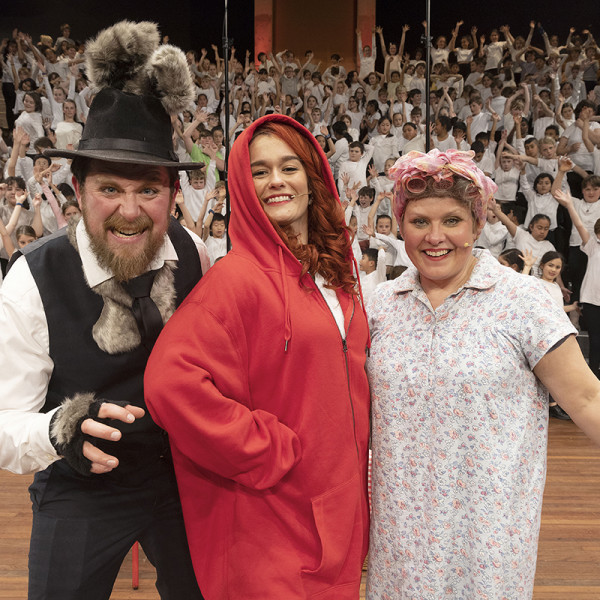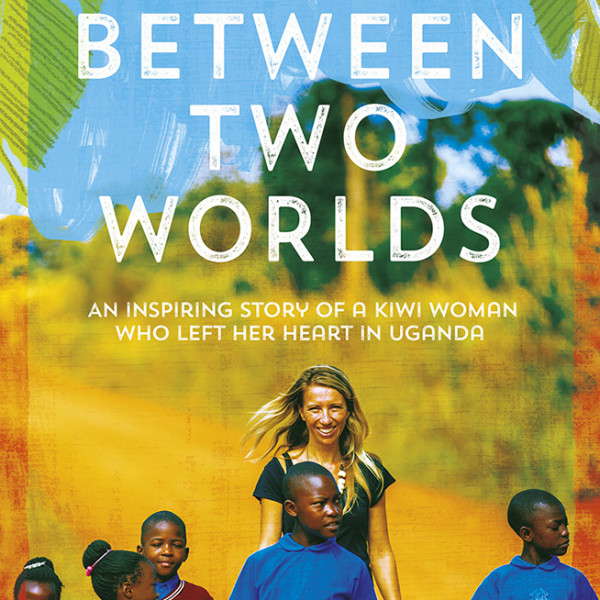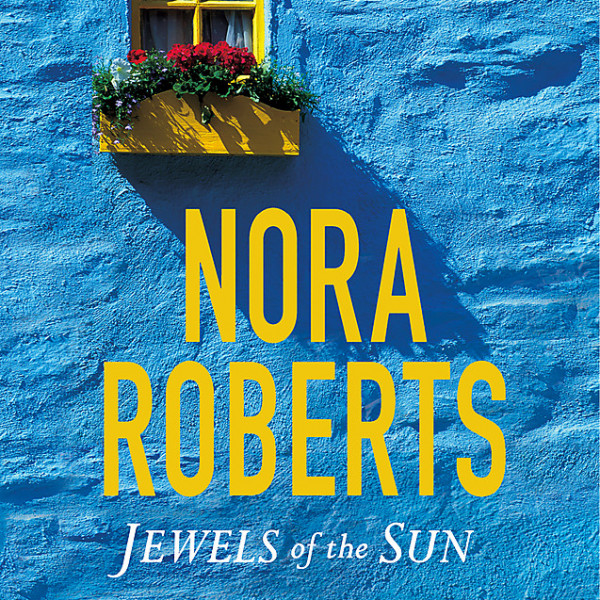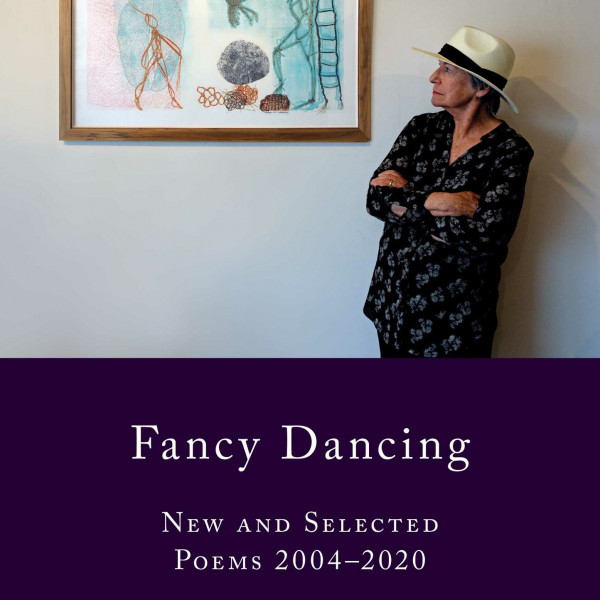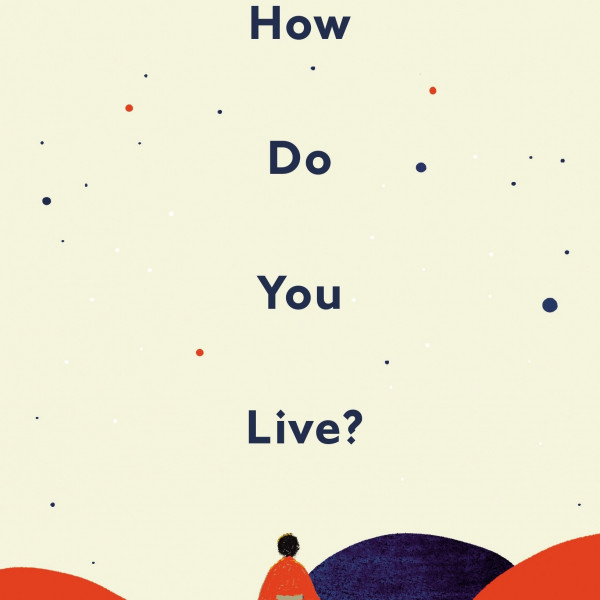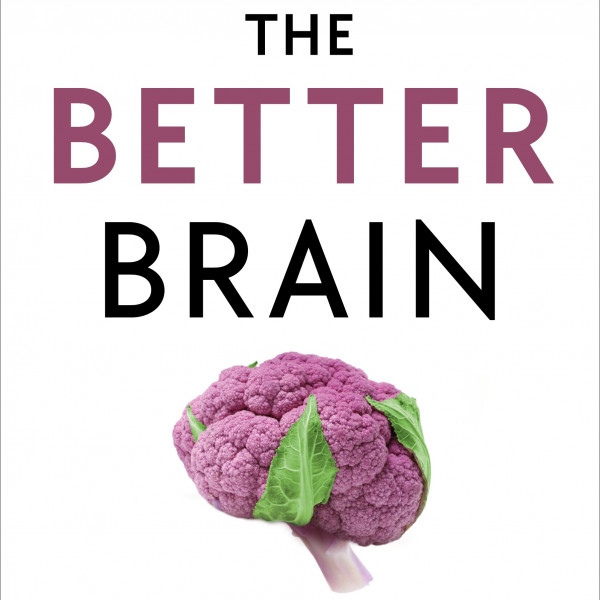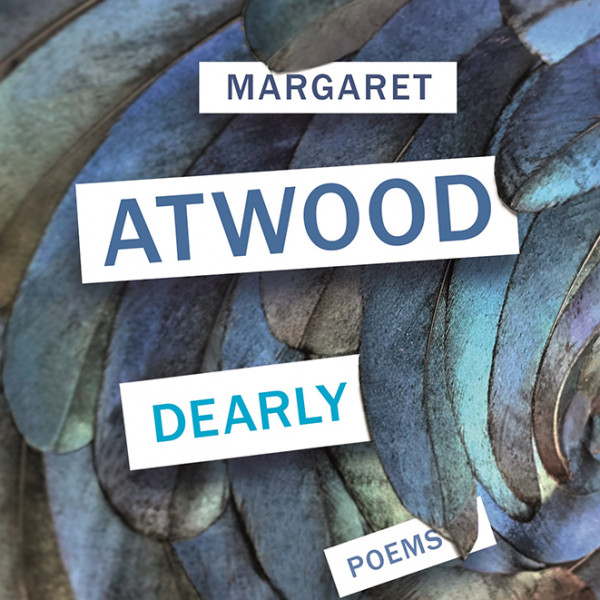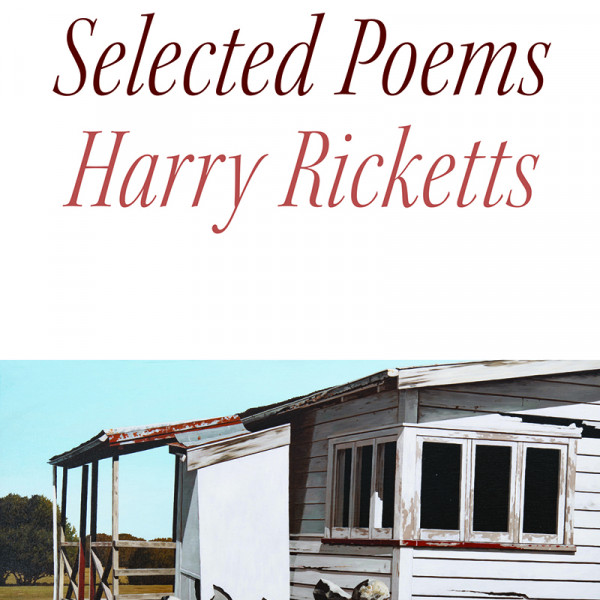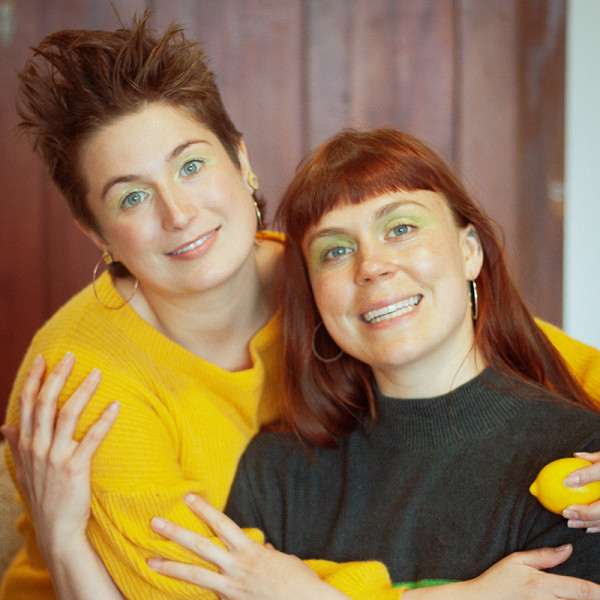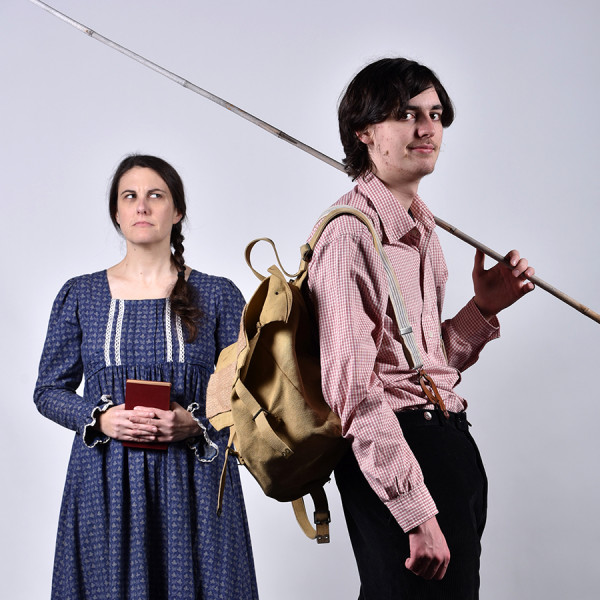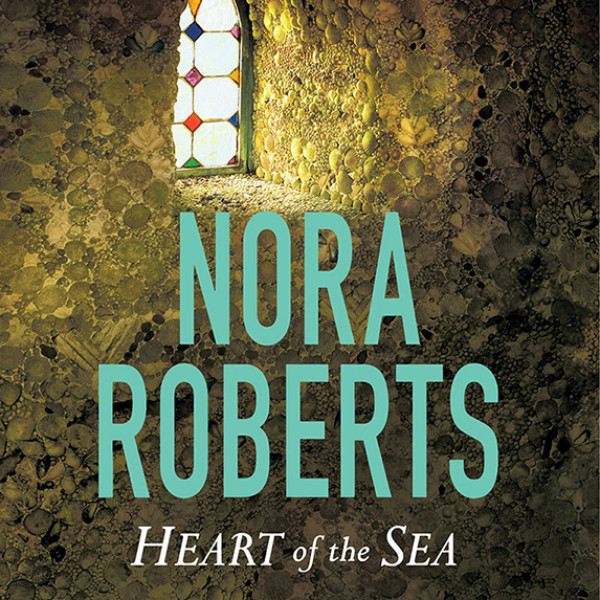
“It was always best, in Darcy’s opinion, to leave a man not only wanting more, but wondering.” Heart of the Sea is the third and final book in The Gallaghers of Ardmore Trilogy by Nora Roberts. I absolutely adore Roberts’ writing style and her consistency with the characters’ personalities. Throughout the trilogy, each character plays a vital role and without each personality, the novel would have probably been very boring.
This novel differs from the other two books in the trilogy though, and it took me a little while longer to read. That does not mean that the book was less interesting, it just wasn’t what I expected. Roberts’ other two books in the series, Jewels of the Sun and Tears of the Moon, were quite romantic and magical, whereas Heart of the Sea is a little more focused on the family business, success, and the potential of blossoming love.
Heart of the Sea continues with the curse of Carrick, Prince of Faeries and his beloved Lady Gwen, and the third part of the spell that must be broken for them to be reunited in love once again. Their fate is in Darcy Gallagher’s hands, but she is not looking for love and certainly not looking to get married anytime soon. Travis McGee, Gallagher’s Pub’s new business partner, is not only handsome, but rich and successful too. He offers the Gallaghers a great business venture and offers Darcy the lifestyle and money that she so desires – but is he willing to offer her his heart?
Heart of the Sea was rather interesting and gave me a more in-depth feel of the community of Ardmore, the bonds between the locals, the excitement of all the business possibilities, and the dramatic changes in two people’s lives. I struggled a bit to relate to Darcy as a character, as she aspires to live a lavish life of luxury. However, her confident and arrogant personality woke up the ‘vixen’ in my own and that was just what I needed.





